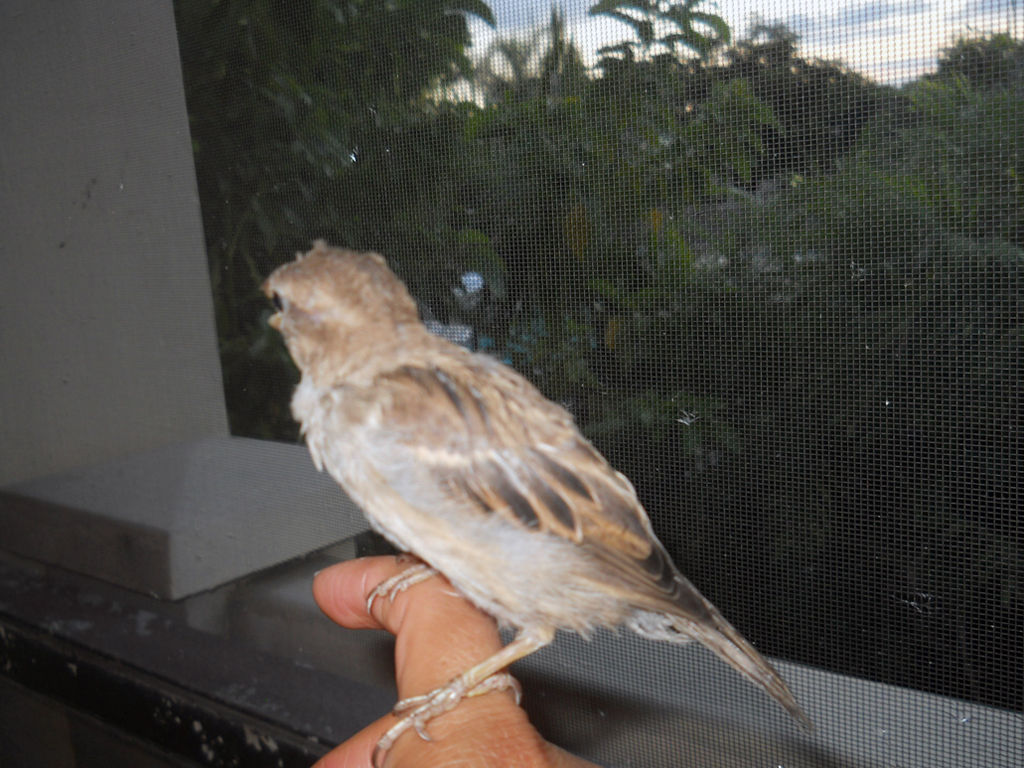 |
|
Watch Nicolas Grow!
uis est, quod ibi homo vult dolere luctuosa et tragica, quae tamen pati ipse nollet. |
| Jamie: Molting, it is a bird thing. May 26th., 2011 |
|
|
|
Molting occurs in response to a mixture of hormonal changes brought about by seasonal changes. The entire process is complex and many questions remain ...Birds must spend a great deal of time caring for their feathers, since their lives depend on them. Preening, bathing, dusting, and other feather care operations, however, cannot prevent the feathers from wearing out. Because formed feathers (like our fingernails) are lifeless, horny structures, incapable of being repaired, worn feathers must be replaced. This process of replacement is termed molting. The old, worn feathers are loosened in their follicles (sockets) by the growth of new intruding feathers, which eventually push them out. Molting occurs in regular patterns over a bird's body. The adaptiveness of such patterns can be illustrated by the arboreal woodpeckers, which retain the key inner pair of long tail feathers used in bracing and climbing until the outer feathers have been replaced. This is the reverse of the pattern found in most birds, which molt tail feathers from the center of the tail first, and then progressively toward each side. The majority of adult birds molt once or twice a year, and the temporal pattern, not unexpectedly, is related to the wear rate on the feathers. Feathers of species that migrate enormous distances or live in thick brush, dodging among twigs and spines, wear more rapidly than those of birds resident in one place or live in open country. The former tend to molt twice a year, and the latter only once. Molting is timed to meet various needs. For example, resident temperate-zone birds require more insulating feathers in the winter than in the summer. The number is changed in the process of molting; winter plumage may contain more than half again as many feathers as summer plumage. Since the feathers, which carry the colors of birds, are "dead," a bird cannot totally change its colors without changing its feathers (although its appearance can change substantially just from wear). Therefore a male bird usually molts into his most colorful plumage prior to the breeding season. Molting in most passerines takes from 5 to 12 weeks, but some raptors may require two years or more to completely replace their feathers. Why should synchronous molters have evolved this seemingly risky process instead of undergoing a gradual molt like most birds? These birds tend to be heavy relative to their wing surfaces -- they have high "wing loadings." The loss of only a few flight feathers would seriously compromise their flying ability, and so evolution has favored being grounded for a "quick overhaul" rather than a longer period of difficult flying. |





































